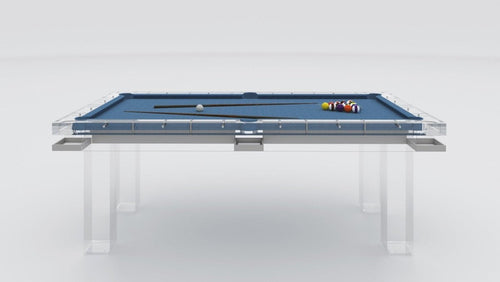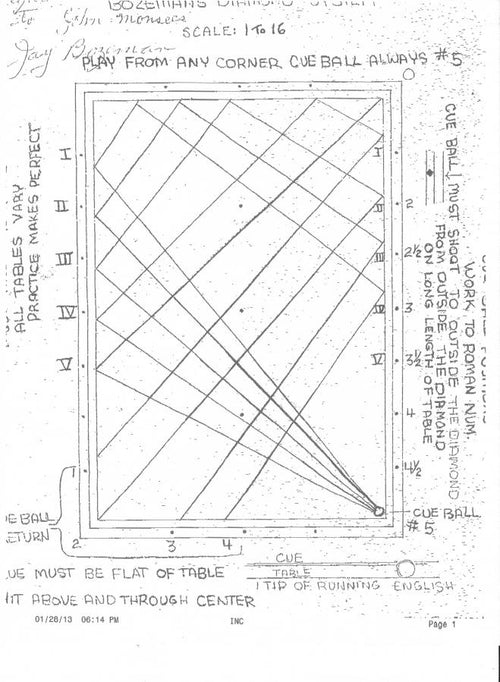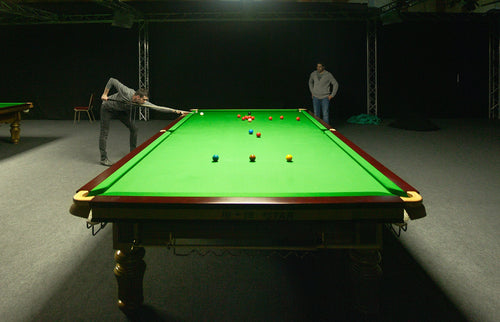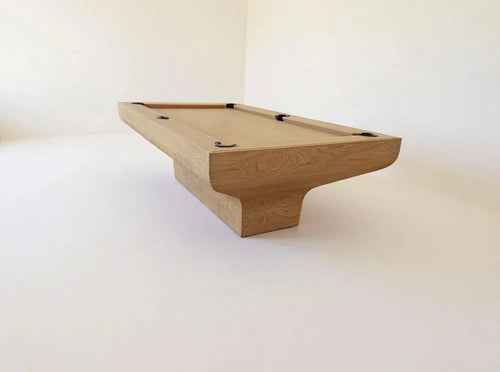Enjoy our modern designs
Estimated Read Time: 5 mins |
In the world of pocket billiards, Snooker Pool blends the precision of snooker with the pace of pool. One of its most thrilling twists is the Volunteer rule—a self-imposed gamble that can turn a break into a game-winner or hand your opponent an easy swing. Let’s unpack what volunteering means, how it alters standard play, and why it’s a skill-player’s weapon of choice.
What Is “Volunteering”?
- Standard Snooker Pool sequence: pot a red, then nominate and pot a colour, then back to a red, and so on.
- Volunteer option: after legally pocketing a red and its nominated colour, you can choose any coloured ball—even if it isn’t next in sequence.
- Success nets you the full face-value of that colour (for example, Black = 7 points).
- A miss awards the ball’s value plus ball-in-hand to your opponent.
Timing & Table Position
- Best moment to volunteer arises when you have great shape on a high-value colour (Black or Pink) or when a red shot is marginal but a colour is clear.
- Repeat the same colour three times in a row and that ball is frozen off the table until your opponent’s next turn, limiting further volunteer attempts on it.
Strategic Pros & Cons
Pros
- High-value payoff in a single shot
- Momentum shift through big breaks
- Psychological pressure on your opponent
Cons
- Miss hands over points and table control
- A single failure can break your run
- Over-using one colour reduces future options
Mastering Volunteer Judgment
- Train your eye on angles: imagine the full path, cushion deflections, and pocket mouth width.
- Calibrate pace: too hard risks spin-offs, too soft leaves short rolls. Find the sweet spot.
- Know your risk threshold: beginners should resist volunteering until basics are rock-solid.
- Maintain table awareness: track which colours remain and where snookers are possible.
Practice Drills for Volunteers
- Nominate and pocket drills: set up a red plus a high-value colour from various angles.
- Failure simulations: practice recovering when you miss a volunteer shot.
- Three-peat rule: pot the same colour three times in a row to experience its temporary removal.
- Speed and spin: vary cue-ball speed and spin to understand how follow-through affects position.
Volunteer in the Broader Game Ecosystem
- Compared to bank shots (“doubles”), Volunteer manipulates turn order for point yield rather than cushion deflections.
- Bank Pool centers on cushion-based potting; Volunteer Snooker Pool centers on risk-reward within the colour sequence.
- Pocketless carom games exclude Volunteer entirely—no pockets, no volunteering.
Conclusion
The Volunteer rule injects calculated daring into Snooker Pool. It rewards precise judgment, fearless shot-calling, and mastery of cue-ball control. While beginners should steer clear, seasoned players can leverage volunteering to build massive breaks and dominate the table. Next time you’re perfectly positioned on the Pink or Black, consider raising your hand—and your stake—for that game-changing payoff.


















